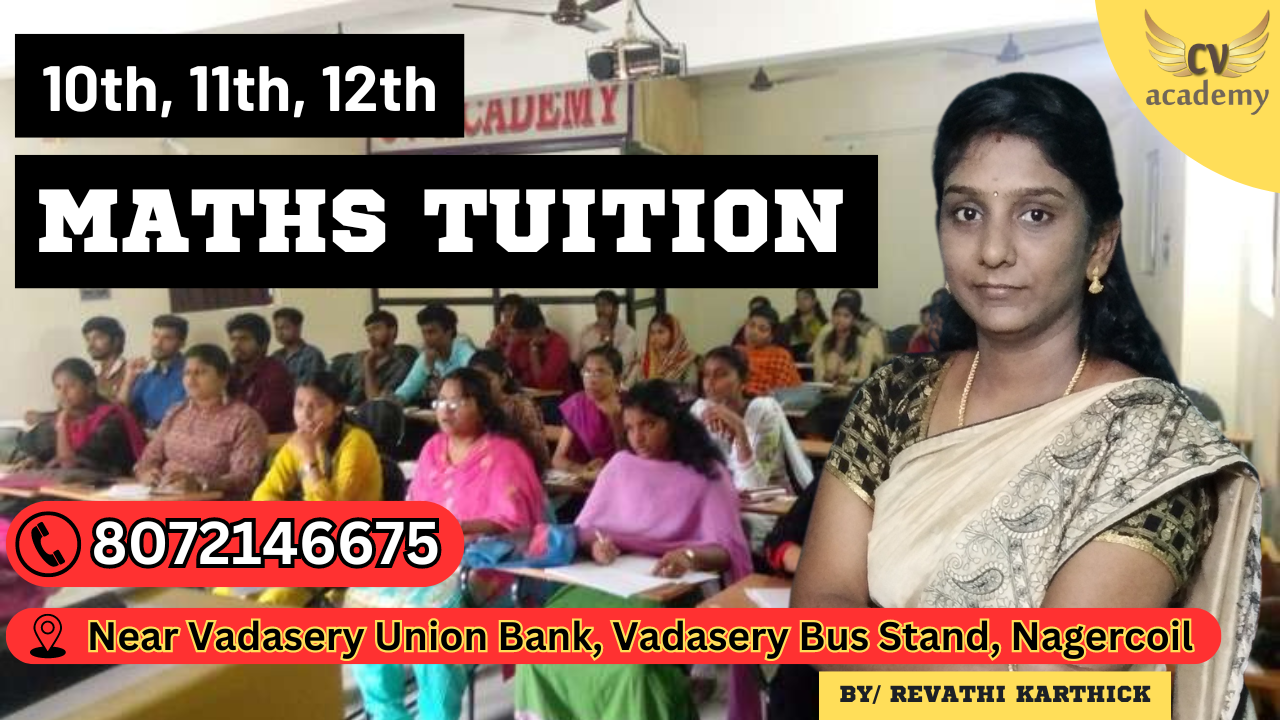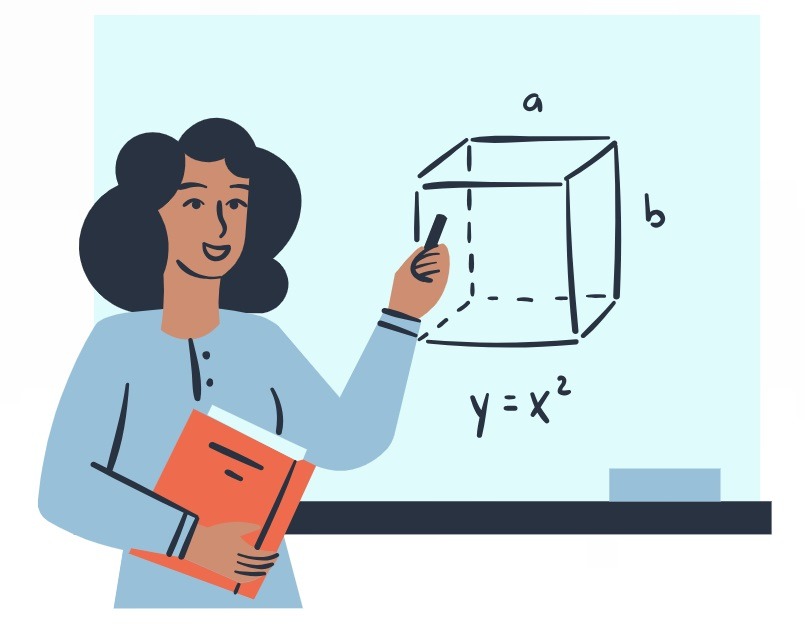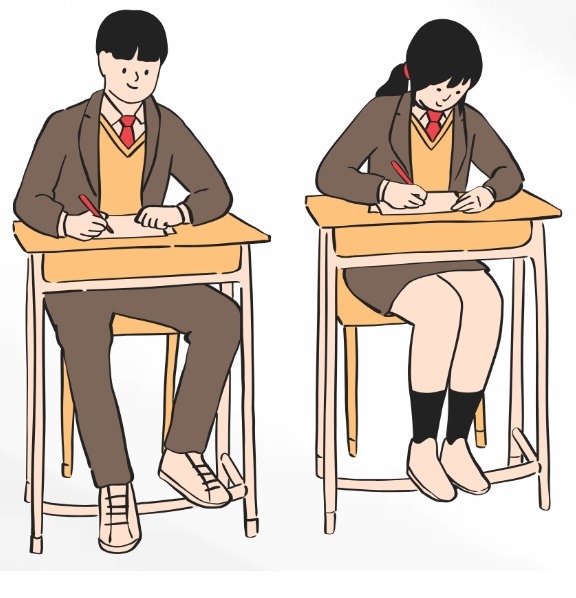There are no items in your cart
Add More
Add More
| Item Details | Price | ||
|---|---|---|---|
Knowing the JEE Advanced Maths Syllabus will help students in studying in an organised way. Also, the question paper is designed in accordance with the Syllabus. If students study by following the syllabus, then they will easily score high marks in the exam.
Classes handled by Revathi Mam, Who is an expert in the field of Mathematics having 10+ years of experience in teaching.
We provide Smart class based Classroom facility, thus makes learning more engaging with students understanding concepts better and retain them for longer.
Students are also provided with Recorded Sessions for each and every class they attend, with seperate ID created in their name in the CV ACADEMY Classes App, so that they will not miss any of the classes and can clear their doubts instantly or afterwards while making revisions.
Regular Tests are conducted daily and weekly to evaluate the students performance and make them to score full marks in Maths.
Near Vadasery Union Bank, Vadasery Bus Stand, Nagercoil - 629001
8072146675
contact@cvacademy.in




